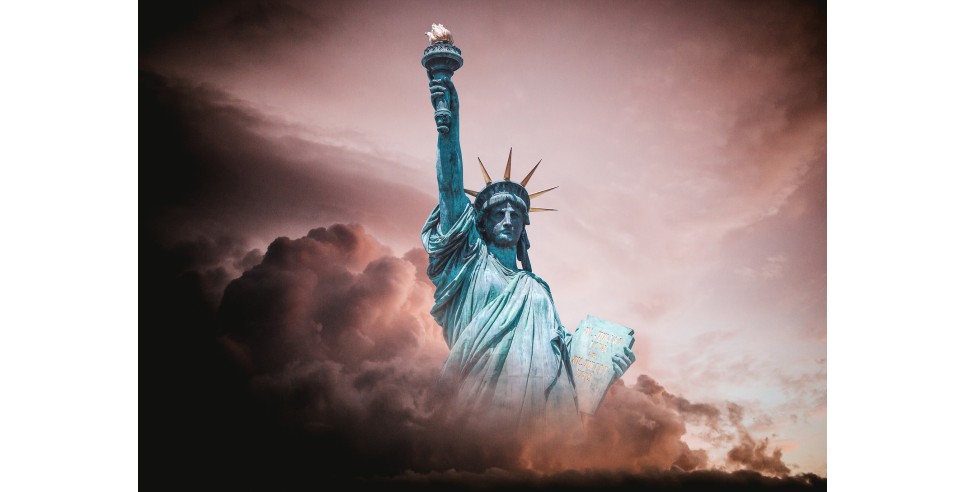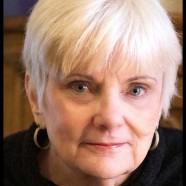
We are now twenty years out from the three terrorist attacks that killed nearly 3,000 people on a single day in lower Manhattan. If we include those first responders and others who have died since from working in the debris of the Twin Towers, the number rises to about 5,000. That is a shocking number of domestic deaths from a single cause, surpassed only by nearly 657,000 COVID deaths over the past 18 or so months. 9/11 ushered in the creation of a tighter partnership between the government and the private sector, and I’ve been ringside for years on the evolution of emergency management practices.
Looking back: When I went downstairs to make my breakfast on 9/11, the news was just coming over the radio in the kitchen that a plane had flown into the one of the Twin Towers in lower Manhattan, where much of the country’s critical banking infrastructure was located. By the time, I managed to eat something, the second tower had been hit and I drove to work. At the time, I was a First Vice President at Washington Mutual Bank, responsible for around 100 people who looked to me for direction, and I felt it was important to be calmly available to my team.
It was hard to go to work, since the news was still coming in. While I was driving in, a third plane hit the Pentagon. Then we learned of Flight 93, which terrorists had forced to reroute, but which passengers—who had learned about the three planes that had already hit—forced into the ground in Shanksville, Pennsylvania, so it could not continue on to Washington D.C.
There are layers upon layers of shock, grief, loss, and anger that sit on top of any description of the magnitude of the 9/11 events. Whole families and whole companies were gutted. The cleanup and rebuild of that area of lower Manhattan took years and lives both.
Here in Seattle, we were able to determine that Washington Mutual employees in lower Manhattan were safe. But that’s about all we learned. It was a harsh lesson in how bloated and ineffective our crisis management and emergency management programs were. Executives of the bank were holed up in a makeshift command center that did not even have a satellite feed to track events as they unfolded. There were no communications out of the bunker, either to managers or to employees. We were on our own. After hours, I used my discretion to tell my team that they would be paid that day whether they chose to stay at work or to go home. The following month I was promoted to a Senior Vice President role and joined the company’s crisis management team, determined to put a better system in place for letting employees know what was going on than we had in the 6.8 magnitude Nisqually earthquake earlier that year, or on 9/11 itself. Early in 2003, I was put in charge of the bank’s crisis management team and the teams for business continuity and emergency management were moved to join the technology recovery group already under my leadership.
In subsequent years, I’ve spent a fair amount of my career working on public-private sector preparedness at the local and national levels. Under the direction of Washington Mutual’s Bill Longbrake, I was able to help author the Financial Services Roundtable’s blue ribbon commission report on “mega-catastrophes,” in particular the sections on pandemic and earthquakes. I became part of New York University’s summer think tank session on public-private partnerships. My time at the bank leading the crisis management team also familiarized me with tornadoes, floods, wildfires, and hurricanes because of the multiple states we operated in. We created a federated approach to planning so that the Crisis Management Team could better support its business line teams on the ground and in the midst of disasters. Such events continue to eat away at a rusty, creaky infrastructure as we’ve seen recently in supply chain issues related (for example) to protective equipment needed by medical personnel for COVID cases as the numbers continue to go in the wrong direction.
On the positive side, though, public-private sector planning is beginning to pay off; and our national and local emergency response efforts are far better coordinated than they were in 2001. This past summer we’ve seen state of emergency orders that trigger FEMA involvement go out for severe weather events like wildfires and hurricanes at an unprecedented rate. But we can’t seem to pull together and agree as a country on the importance of vaccines to reducing the spread of COVID. We are a long way from the unity of we felt after Pearl Harbor or 9/11. As our children go back to school and students return to university campuses, state by state public health oversight varies. The current administration has decided to impose OSHAA requirements for vaccinations on private companies with more than 500 employees, as well as on federal government workers. An optimum scenario would be for Congress and governors to agree that this is a crisis every bit as serious as 9/11, to depoliticize the public health crisis altogether.
My son started teaching nearly a month ago at SUNY Albany. He reports his joy at being back in the classroom and a corresponding joy from his students in a closely monitored environment, with good public health practices. I look forward to classroom teaching at the University of Washington that begins the last week of September. The university and its medical center have been important contributors to research and modeling on the virus. All faculty, staff and students are required to be vaccinated or tested weekly if an exemption is claimed. Tuning air circulation and filtration for classrooms have been a priority through the summer. Masks must be worn indoors and are strongly recommended outdoors, regardless of vaccination status, at the university. And starting today, masks must be worn outdoors for events with 500 or more persons. The university is aligned with the governor’s guidelines for the State of Washington, as are major corporations like Microsoft and Amazon that are headquartered here.
Pulling together after 9/11 had some positive results like the creation of the Department of Homeland Security and the Transportation Security Agency; and some overreach in areas like surveillance and watch lists. At the present time, as we’ve just seen in the chaotic exit from Afghanistan, the Department of Defense and the bloated office of the Director of National Intelligence probably need an overhaul. Congress needs to centralize its oversight of the Department of Homeland Security so that departments are not reporting to 20+ Congressional committees. Above all, the three branches of government need to understand that the impact of COVID is every bit as impactful as the events of 9/11.
We offer our grateful thanks to all the first responders on 9/11. This evening on "60 Minutes," Scott Pelli interviewed NYFD survivors, profiled a number of them who died, including their radio calls, and introduced us to some of the children of those firefighters who have themselves become firefighters. Thank you these past 18 months to the medical personnel and first responders, and also to the grocery clerks, the postal carriers, and to the state and local governments that have set and stuck with uncomfortable requirements and guidance when necessary. My enterprise risk managers once gave me an award “for always shining light on the darkest of topics.” I should like to pass that same award to all those who exemplify public service, showing us the light in the darkest hours of the pandemic.
Originally Published in ASA News and Notes September 13, 2013









